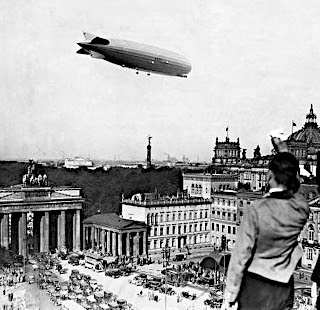"Investors Intelligence's latest survey of advisory services showed an impressive 51% bullish and a meager 19% bearish...the spread hasn't been that wide since November 2007." Alan Abelson, Barrons, Aug. 29, 2009Next week we move into September, the riskiest month of the year for financial markets, with the federals escalating preparations for a flu pandemic, while Congress considers legislation providing a 'kill switch' on the Internet for President Obama to use in the event of 'an emergency.' There are widespread rumours of a bank holiday lasting one week after a market meltdown begins in the US, during which the banks would be restructured.
Risky times indeed, and those in the best position to know what is happening behind the scenes are hitting the exits in record numbers right now, running to cash, and hard assets and currencies.
As TrimTabs reports in the attached news release, insider selling is reaching record levels, even as more speculators borrow to go long stocks. There are some obvious bubbles already formed in certain insolvent financial stocks like AIG, with disinformation rampant in the Wall Street demimonde.
The Obama Economics and Regulatory Team, in conjunction with the Federal Reserve, have accomplished no serious reform of the fiancial system. They have enabled the type of market inefficiency, soft fraud and price manipulation that is undermining global confidence in the integrity of US markets and financial products. And they have advanced a proposal to consolidate a huge amount of regulatory power under the Federal Reserve, a private banking agency that was at the root of our unfolding financial crisis.
The time has passed when Obama could have pointed to the past mistakes of his predecessors as the fault for our problems. Thanks to Tim Geithner, Barney Frank, and Larry Summers he now owns the financial crisis, and the coverups, policy errors, scandals, conflicts of interest and bailouts that have occurred since he has taken office. His reappointment of Ben Bernanke as Federal Reserve chairman most surely tied a bow on his ownership package for the crisis, which is in danger of becoming his 'financial New Orleans.'
Wall Street insiders and their enablers pig out on public money while the nation suffers. This is not change, this is business as usual.
TrimTabs
Insider Trading and Investor Sentiment Signaling U.S. Stock Market Top
Insider Selling in August Soars to 30.6 Times Insider Buying, Highest Level Since TrimTabs Began Tracking in 2004. NYSE Short Interest Plunges 10.3%, While Margin Debt Spikes 5.9%
SAUSALITO, Calif., Aug. 28 /PRNewswire/ -- TrimTabs Investment Research reported that selling by corporate insiders in August has surged to $6.1 billion, the highest amount since May 2008. The ratio of insider selling to insider buying hit 30.6, the highest level since TrimTabs began tracking the data in 2004.
"The best-informed market participants are sending a clear signal that the party on Wall Street is going to end soon," said Charles Biderman, CEO of TrimTabs.
TrimTabs' data on insider transactions is based on daily filings of Form 4, which corporate officers, directors, and major holders are required to file with the Securities and Exchange Commission.
In a research note, TrimTabs explained that insider activity is not the only sign the rally is about to end. The TrimTabs Demand Index, which tracks 18 fund flow and sentiment indicators, has turned very bearish for the first time since March.
For example, short interest on NYSE stocks plummeted by 10.3% in the second half of July and margin debt on all US listed stocks spiked 5.9% in July, while 51.6% of advisors surveyed by Investors Intelligence are bullish, the highest level since December 2007.
"When corporate insiders are bailing, the shorts are covering and investors are borrowing to buy, it generally pays to be a seller rather than a buyer of stock," said Biderman.
TrimTabs also reports that the actions of U.S. public companies have been bearish. In the past four months, companies have been net sellers of a record $105.2 billion in shares.
"Investors who think the U.S. economy is recovering are going to get a big shock this fall," said Biderman. "Companies and corporate insiders are signaling that the economy is in much worse shape than conventional wisdom believes."
TrimTabs Investment Research is the only independent research service that publishes detailed daily coverage of U.S. stock market liquidity--including mutual fund flows and exchange-traded fund flows--as well as weekly withheld income and employment tax collections. Founded by Charles Biderman, TrimTabs has provided institutional investors with trading strategies since 1990. For more information, please visit www.TrimTabs.com.
































